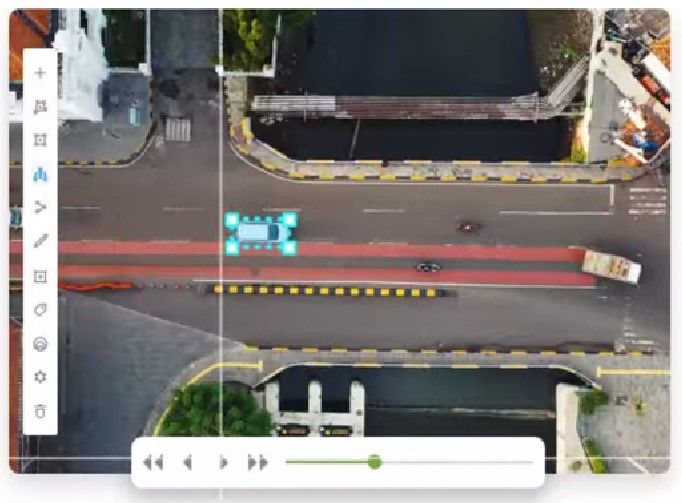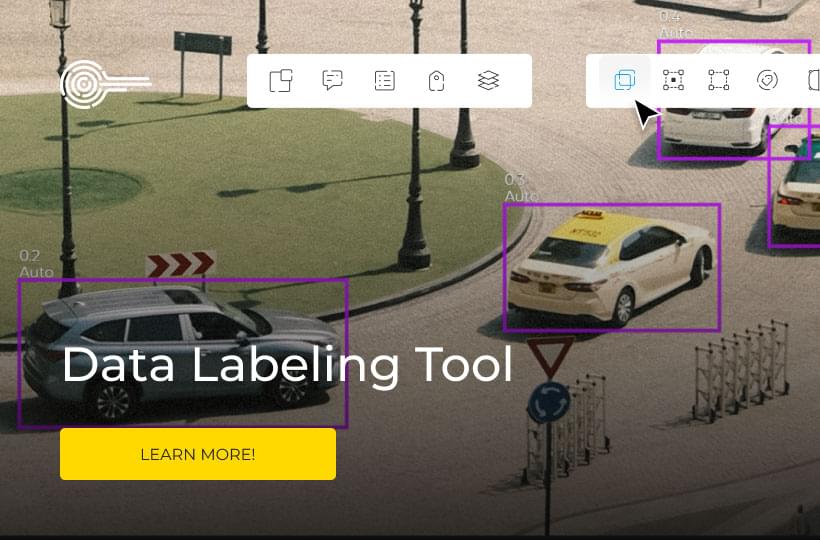A Look At Data Annotation And Labeling Tools In 2023
Quality data annotation is vital for machines to recognize objects in images and videos. Over the last decades, it’s become foundational for modern businesses. Documents, images, videos, and even audio can be annotated. After we do that, it can be fed into machine learning programs. That’s where the real benefits lie.
For documents, AI might be able to create strategies and give an edge over competitors. Pixel-precise labeling can be applied to medical imagery for screening and diagnoses. Annotated videos assist self-driving software, among other applications.
For small projects, manual data annotation is often sufficient. Humans are usually more precise than AI for smaller batches of data. With large datasets, our problem becomes time and labor costs. We need an automated process using AI labeling tools when dealing with massive amounts of data.
It’s safe to say that 2023 is a big year for data annotation, both manual and automated. As we look to use machines to automate more and more manual processes, we’re using annotation to teach them. Let’s discuss data annotation trends and look at where this multi-billion dollar industry is headed.

A Quick Look At Data Annotation Pre-2023 [Advances And Setbacks]
Humans are creating data faster than ever. Naturally, we’re doing our best to use as much of it as possible. Major service providers like Telus International are acquiring AI firms to fuel future strategies. Startups like Zebra Medical Vision are showing promise in the healthcare field. Back in 2018, over half a billion dollars were invested in machine learning for medical imagery.
81% of annotation is still manual or human-supervised. The amount of data we can process and use depends on automation as much as possible. That percentage will shrink as we improve machine learning processes.
Where Data Annotation Is Mostly Used:
- IT sector
- Automotive
- Government
- Healthcare
- Financial services
- And more

How Companies Are Using Data Annotation In 2023 [Tesla And Others]
Research reports estimate that the data annotation sector will be worth over $8 billion in 2028. It’s expected to grow 25% yearly, something we’ll all benefit from. Businesses aren’t the only ones using data annotation. Local governments have a lot to gain from their raw data too. Small and medium-sized datasets can benefit from the human touch. For tech giants with mountains of customer data, that doesn’t work.
Tesla hired around 1000 annotators to sift through images and videos. Their self-driving software was confused by temporary visual obstructions, such as a car blocking the camera’s vision. To overcome this, annotators poured over images with a data-labeling tool. Since building their training data with manual annotators, they’ve been able to automate more processes. In these cases, human annotators take a supervisory role and step in to fix errors.
Text accounts for the largest share of data annotation. AI labeling tools typically work with four main types of data. Text segments account for about one-third of the market share. Image, video, and audio data make up the remaining two-thirds. Some Facebook annotators label up to 700 items every day, including statuses, images, videos, and links. Each item gets checked by two workers, to be fed into AI programs later on.
The Future Landscape Of Data Annotation (The Expert’s Predictions)
Data annotation is guaranteed to grow massively over the next few decades. Businesses will well-annotated data will outperform their competitors. It’s hard to imagine the countless ways AI will optimize our businesses and economy. Data annotation is where communication with AI systems begins. We’ll be rushing to annotate as much data as possible, as accurately as we can. Companies that can accurately handle large datasets will be in high demand.
Annotating social media posts will allow us to deeply understand social dynamics. AI systems might crack the code for viral content. Advertising will be tailored to a level that we can’t imagine. This potentially exposes us to being manipulated by these programs, so we’ll need policies to protect us.
Just like today, security will be a priority in the future. We’ll turn to AI systems to automate real-world and digital security. Properly annotating data won’t necessarily bring an Orwellian amount of restrictions. We’re going to see our security optimized, both online and offline. In the end, consumer satisfaction will improve.
Last but not least the healthcare sector will be propelled onward by medical imagery annotation. A labeling tool for object detection will do the work of hundreds of medical professionals. These programs don’t have the accuracy we demand yet, but they’ll play a starring role in medicine’s future.
